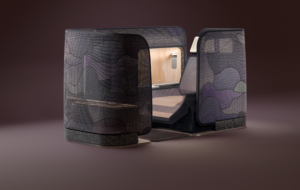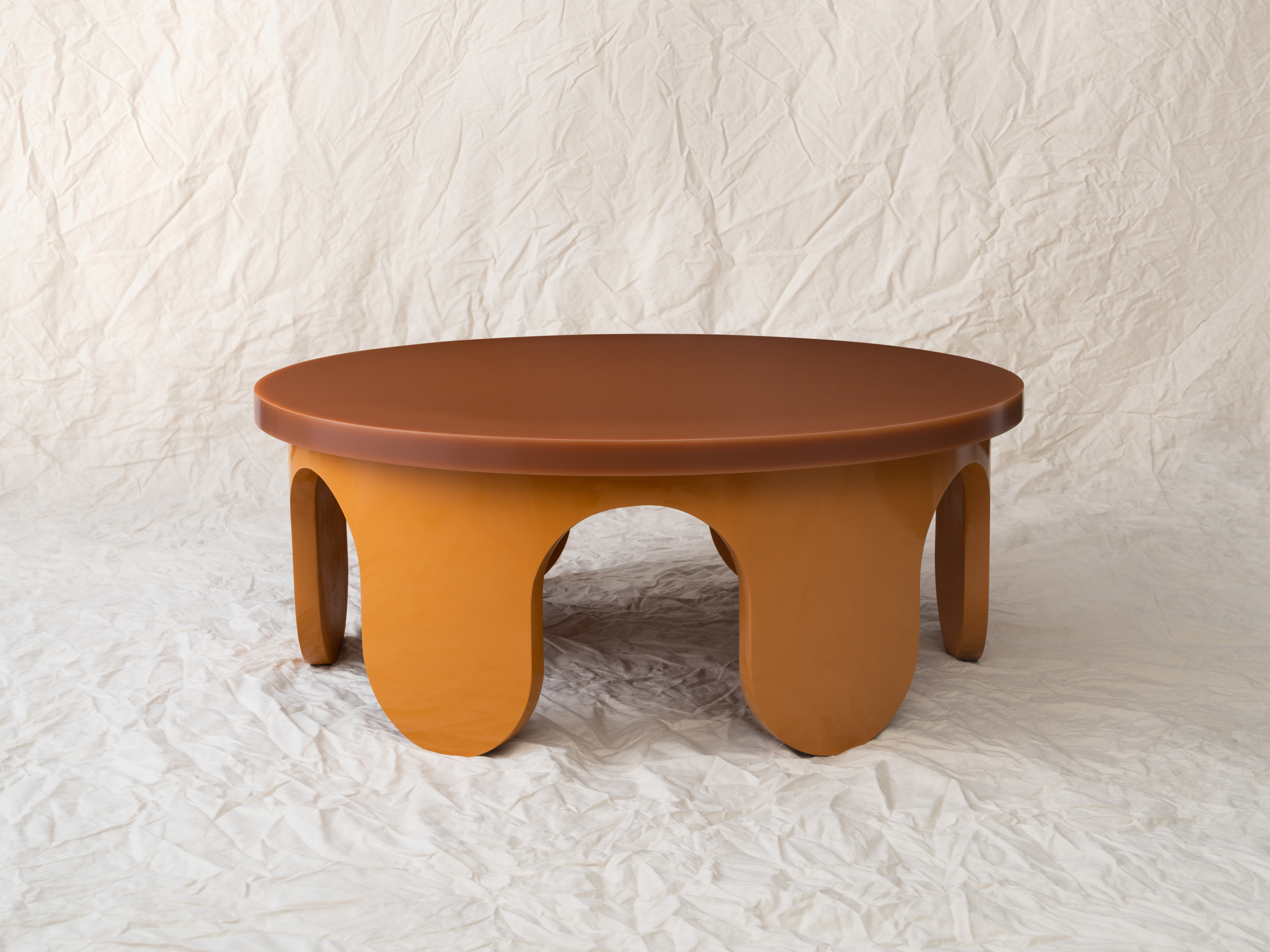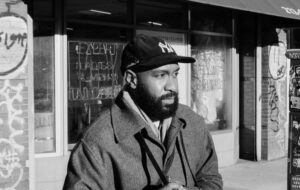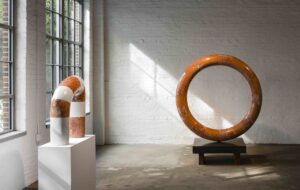
words Marcus Fairs
Sir Christopher Frayling is Rector of the Royal College of Art, London. When we asked him to contribute to the “what is design?” debate in our last issue, he invited us into his messy office and gave us a potted history of what the word design has meant over the years.
“If you asked someone in the 18th century what design meant, they’d say it was the organisation of elements to create an intentional result. The poets of that age spoke of the grand design, which meant God.
If you asked someone in the 19th century, they’d say it meant drawing. In European languages, “dessin” in French and “disegno” in Italian still mean drawing. Ever since then the definition has fluctuated between the two.
One of the reasons for the muddle [in this country] is that the whole idea of design is based on a mistranslation by a nameless Whitehall civil servant. In 1837 the founders of the Government School of Design, the forerunner of the Royal College of Art, went to the Ecole du Dessin in Paris and then set up an equivalent institution in London. But in translation the word took on an extra meaning, which was producing things for mass manufacturing.
What you need for design is three things: the intention, the process and the punchline – the product. But there’s a new element now. Since the Eighties, when design was used as a marketing tool, and with the rise of lifestyle media, a fourth element has emerged: the consumer.
There’s this superficial thing of the designer decade, which trivialises design. But it was evidence of something deeper going on, which was that consumers were thinking about design when making choices. And they were assuming that the function was sorted, was a given. The marketers picked up on that. In the end, visual and emotional pleasure is an important part of consumer preference.
The fundamentalist definition is that it’s about problem solving. But it’s a great deal more than that now: it’s a cultural act. That’s where Ron [Arad, head of the design products course at the RCA]’s philosophy comes in. He sees design not as something you do to things, but something you do in a cultural context.
The turning point occurred – without banging the RCA drum too much – in 1981 when Daniel Weil exhibited his radios in polythene bags with all the wires showing. His title was Homage to Duchamp. There was a lot of soul searching: was he a designer at all or was this sculpture? Later, someone sent me a German book pinpointing that as the moment the modernist era of design ended and the postmodernist era began.
My low point this week was Laurence Llewelyn-Bowen quoted in the Radio Times saying [TV makeover programme] Changing Rooms is as much a part of design history as William Morris. It isn’t as important as William Morris, it really isn’t. It’s a quick fix; it’s superficial, it’s about things done on a whim, it’s about decoration.
Our role is to stimulate industry rather than serve it. It would be death if this was the Royal College of What Consumers Want, but on the other hand users are very important. I think there’s still in some pockets of education a kind of design arrogance about consumers. The Arts and Crafts movement has a lot to answer for: they were producing very high-end products and they said ‘take it or leave it’. I really don’t agree with that. The fact that consumers are now hip to design is important. It needs to be given credence.”


















